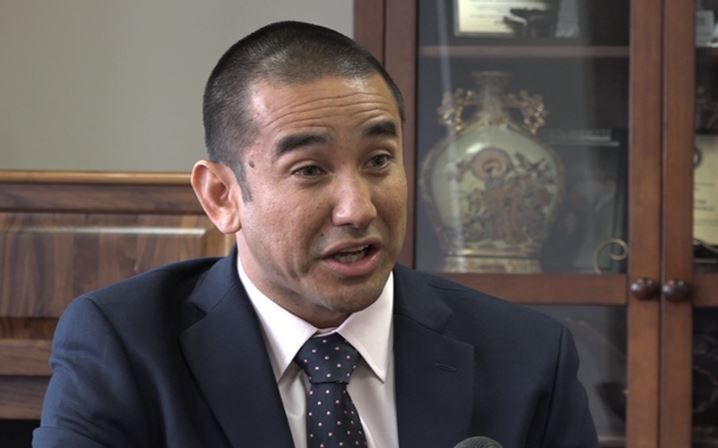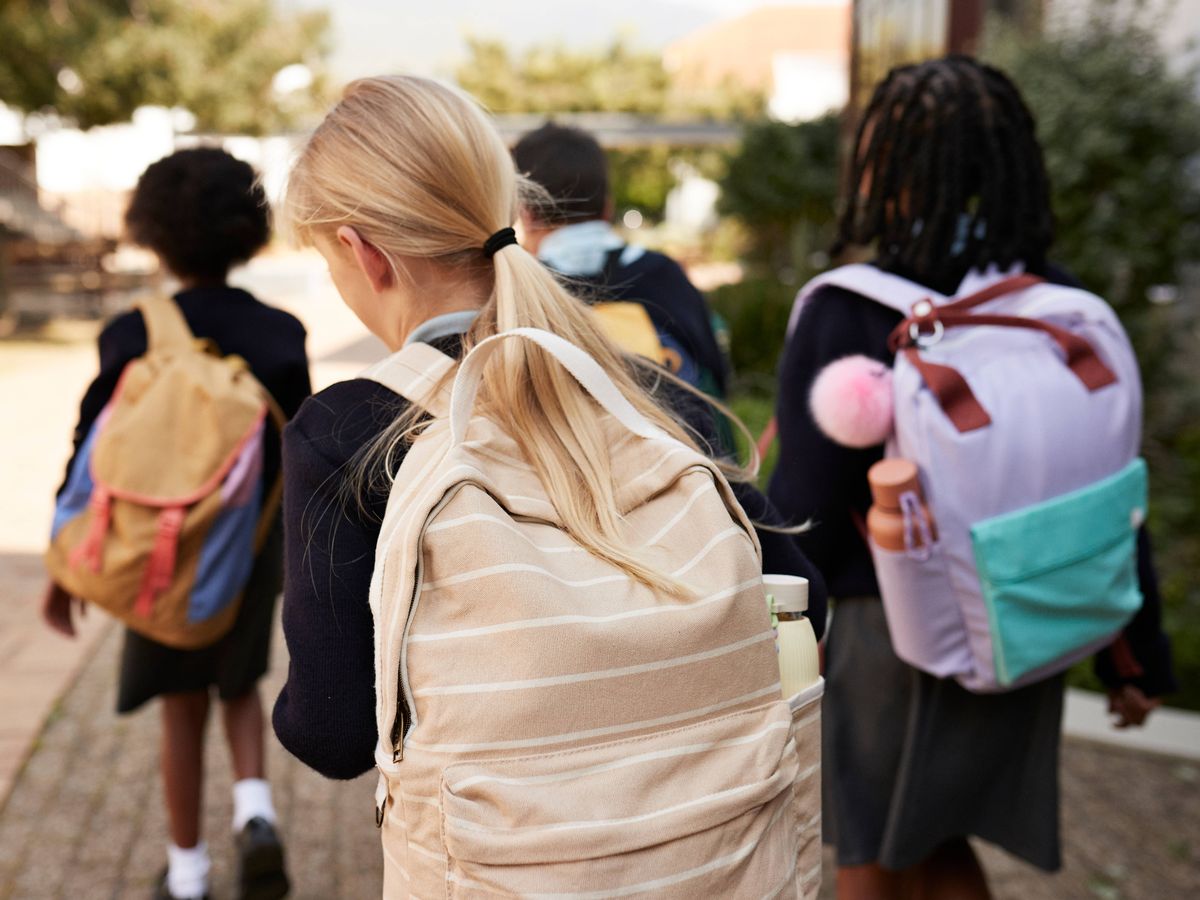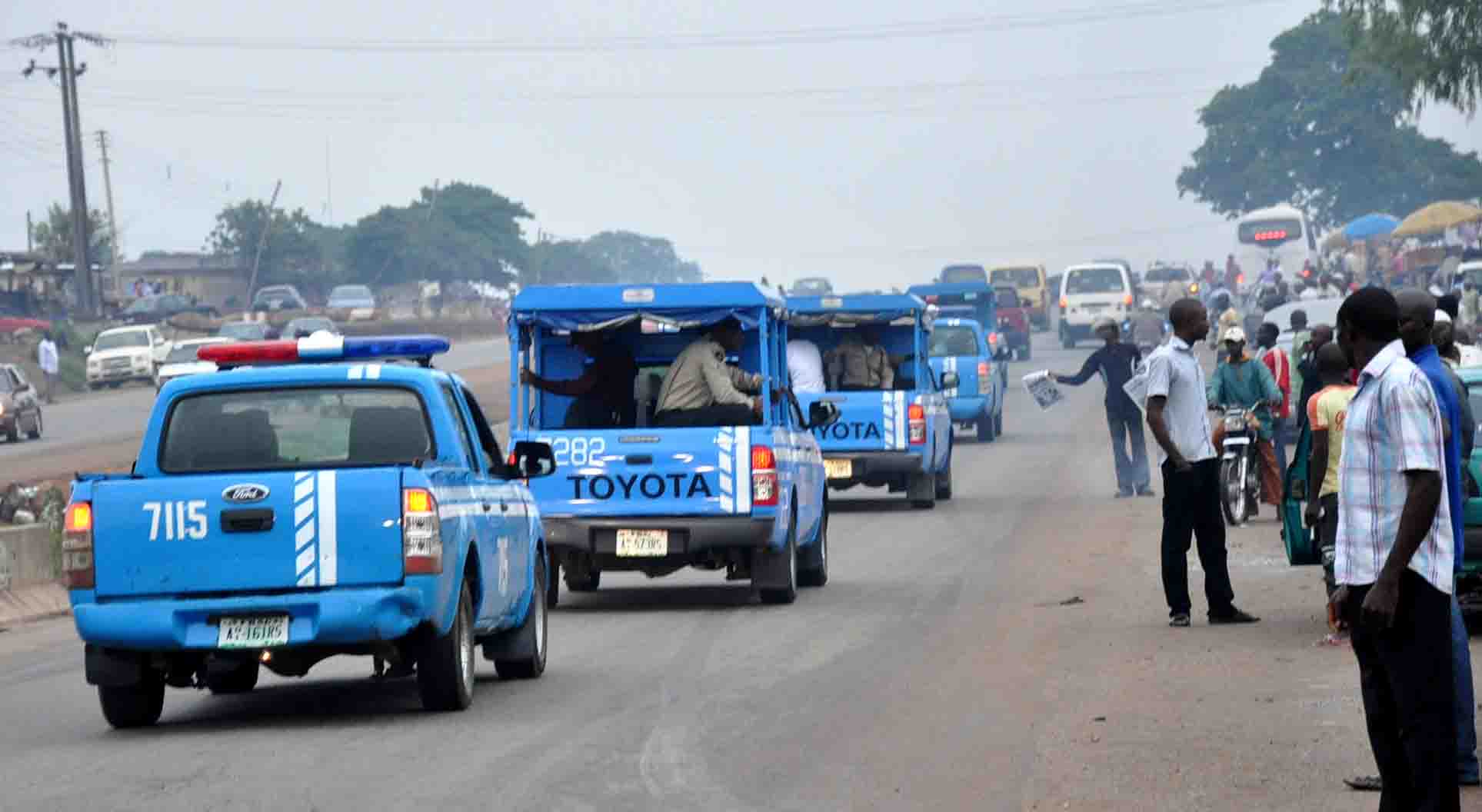By Destiny Cruz,Destiny Cruz-Langas
Copyright kuam

A local law firm is threatening to sue the Guam Waterworks Authority and the Guam Environmental Protection Agency unless immediate steps are taken to provide safe water and full transparency, after dangerous levels of dieldrin were found in one of the wells serving parts of Yigo. It’s an issue hitting close to home for former attorney general of Guam, Leevin Camacho, and several other families in affected areas.
Imagine not being able to brush your teeth, cook rice, or drink from your tap. That’s the harsh reality for families in parts of Guam’s northernmost village, where dieldrin—a manmade chemical once used as an insecticide—has contaminated their water, making it unsafe. The crisis has prompted action from Camacho, who is among the many families now living under a ‘Do Not Drink’ warning.
His firm, Camacho Taitano, LLP, has filed a notice of intent to sue and a Sunshine Act request to GWA general manager Miguel Bordallo and Guam EPA agency administrator Michelle Lastimoza on behalf of impacted residents.
“I want to be clear,” Camacho told KUAM News, “although my family is impacted, we are representing everyone who is impacted by this inaccess to safe drinking water.” In a letter sent Monday, the firm warned that without immediate action to provide safe water and transparent information to families, legal action will follow.
The firm is also demanding clarity: an estimate of how many individuals are actually served by the contaminated well, said to be one of the highest producing on the island. So far, only 1,112 customers have received notice.
The former AG said, “Those 1,100 customers—those are customers. But how many families? How many multi-generational families are living within these households? Within my household, there are four people—so you multiply that out, we’re talking—4,000/5,000 people.”
The warning comes after what residents describe as a frustrating town hall. “One of the questions was—are they going to increase monitoring? And the comment made by GWA was, we’ll continue to test quarterly because that’s all we’re required to do under the law. So, basically, the bare minimum effort they can have to comply, knowing there is a cancer-causing substance in drinking water affecting thousands of families in Yigo” said Camacho.
Camacho says this isn’t a new issue. The firm notes: “The USEPA warned about dieldrin in GWA wells in 2012, yet GWA took no corrective action.” And despite promises back in December 2023 to install filters “within a year,” GWA now projects completion in summer 2026.
In the meantime, Camacho argues the agency had the ability to act faster, saying, “GWA and Guam EPA had the ability to take care of this immediately to identify funding, to put filters on, and to figure out later on who to sue to contribute to the cleanup.”
“They could have done much more than what they have done to date–and part of it again is minimizing the impact…you can’t just keep kicking the can down the road because you can’t pinpoint who did it. The real issue is: people are being exposed to poison in their water period. And they need to take care of it, period. Who needs to pay for it? That’s a question the government can forward it out later on, and there is a legal way to forward it. But, I think it’s clear that they know who the potential responsible party is based on the location of where these wells are on.”
The firm’s letter also requests a written response within 14 days, detailing among other things: a proactive notification plan for all affected households, a timeline and firm commitment to provide bottled water or certified filters, monthly water testing with public reporting, and contact information for residents who want their tap water tested.
While the firm acknowledges GWA has taken some steps—like installing filters at Upi Elementary School—it argues these measures still fall far short of what is needed to protect families facing serious health risks.
The Guam Department of Education issuing the following statement on the matter:
“GWA, EPA, DPHSS and GDOE met together on Sept 10th and was informed about the well issue. After this meeting GWA assessed Upi Elementary School then installed filters the following day Sept 11th that were rated to filter out the contaminant on all drinking water sources at UPI. After the following meeting on Sept 10th Upi was instructed to not use sinks, faucets, or any water source that was coming from the well water till filters were installed this includes the cease usage of kitchen water for any food prep or washing of trays and utensils. Chief Nurse, Julietta Quinene is currently sifting through the proposed 2 year timeline to provide accurate data on the sickness rates of students, faculty and staff. As of right now I can make the comment that staff, students, and faculty have not seen a higher rate of sickness at Upi compared to other schools. Currently, GWA frequents Upi Elementary to constantly monitor the water filters since Sept 11th. GWA communicated via letter/email to the affected families. Upi administration held a PTO on the 18th where the principal and other leadership addressed the situation as well to our community stakeholders.”
In the meantime, Camacho confirms both GWA and the Guam EPA have received the letter.



